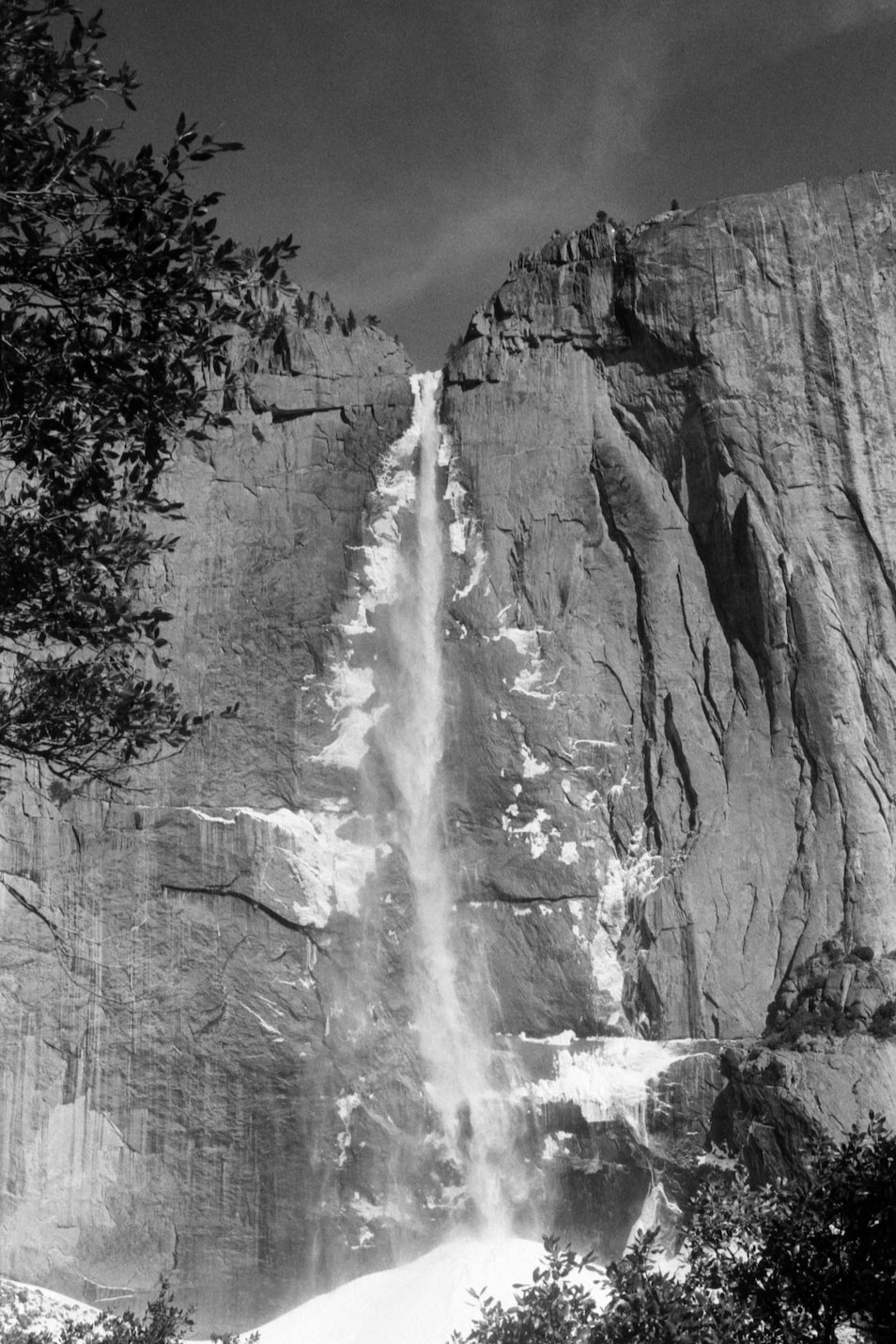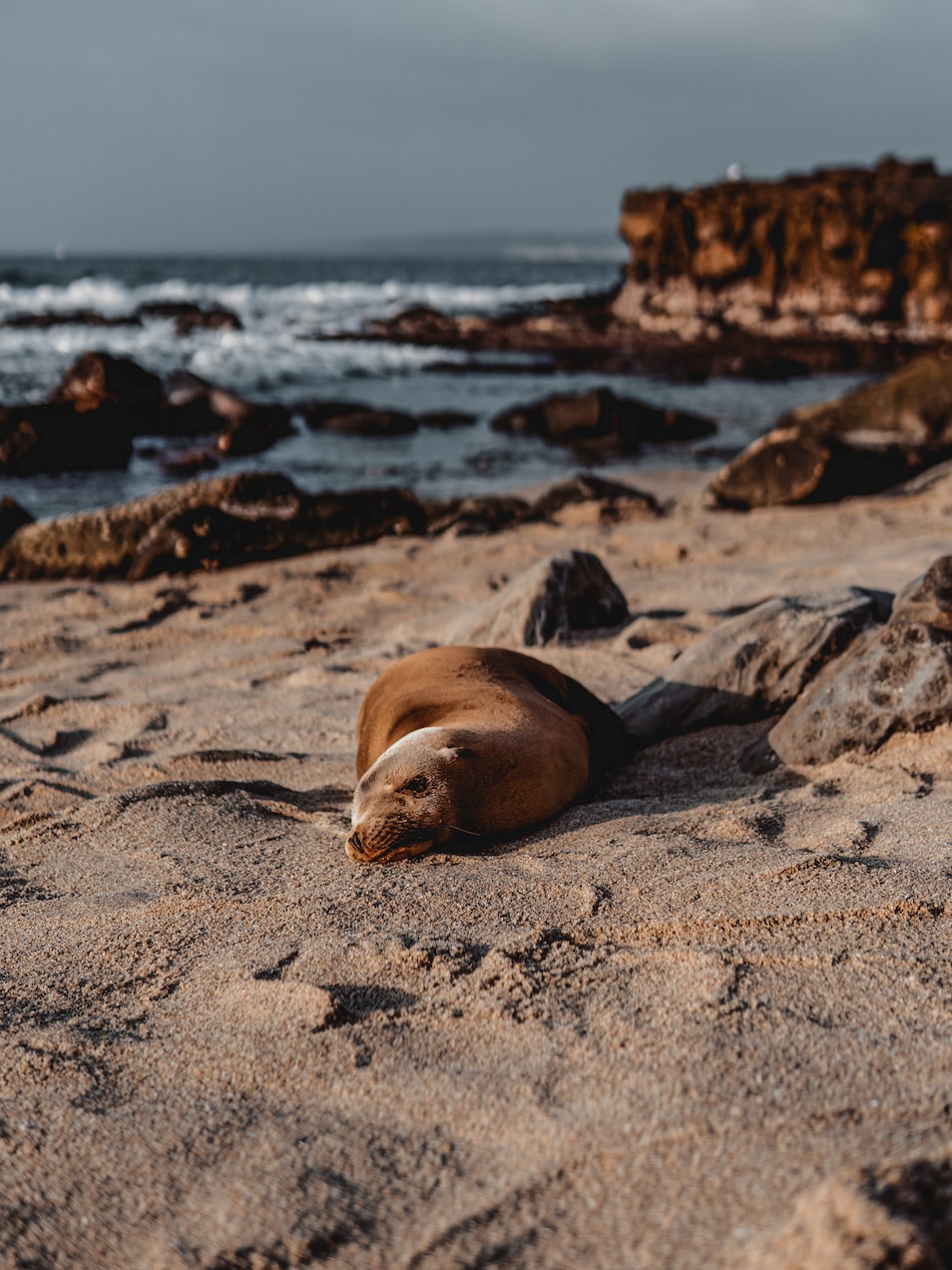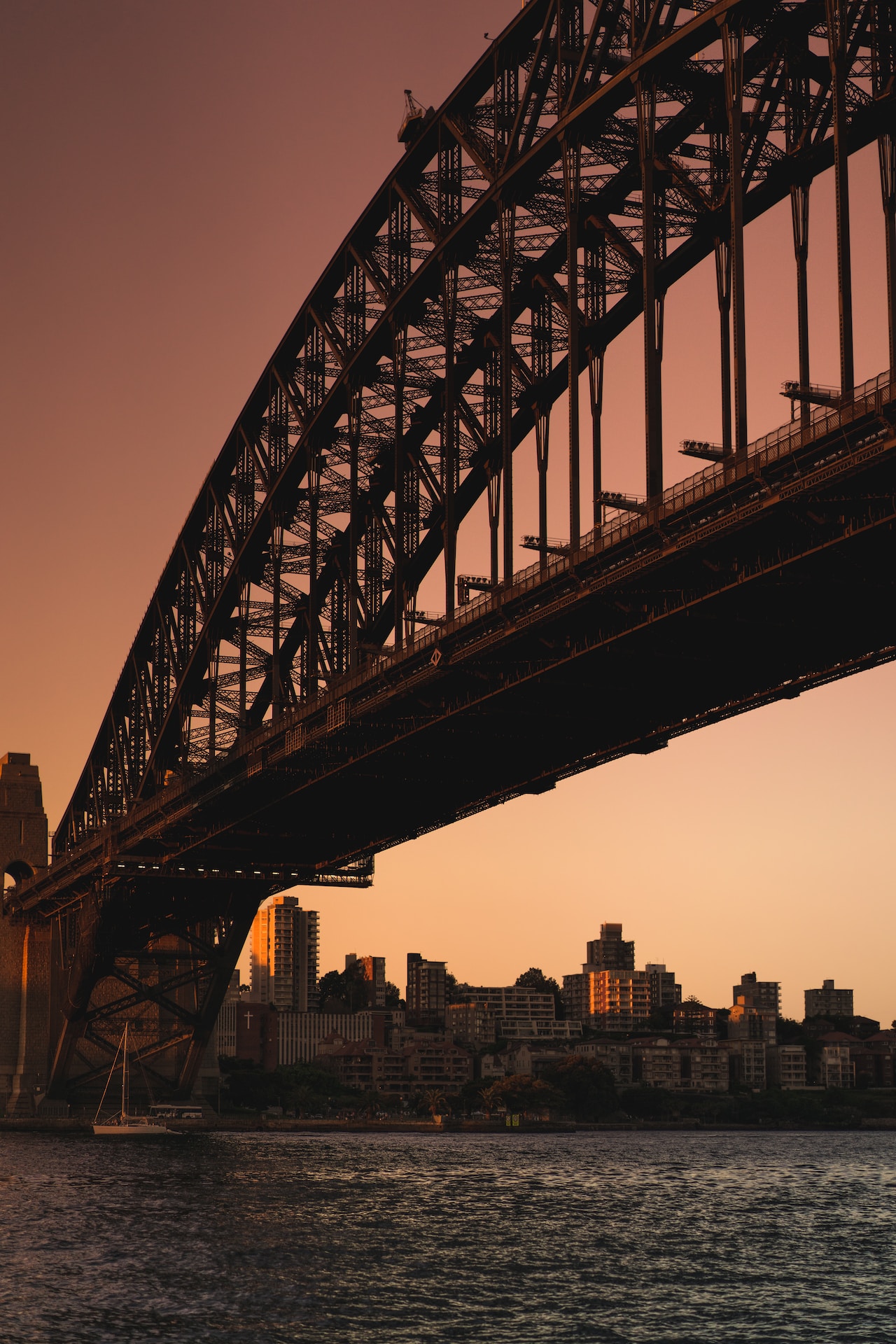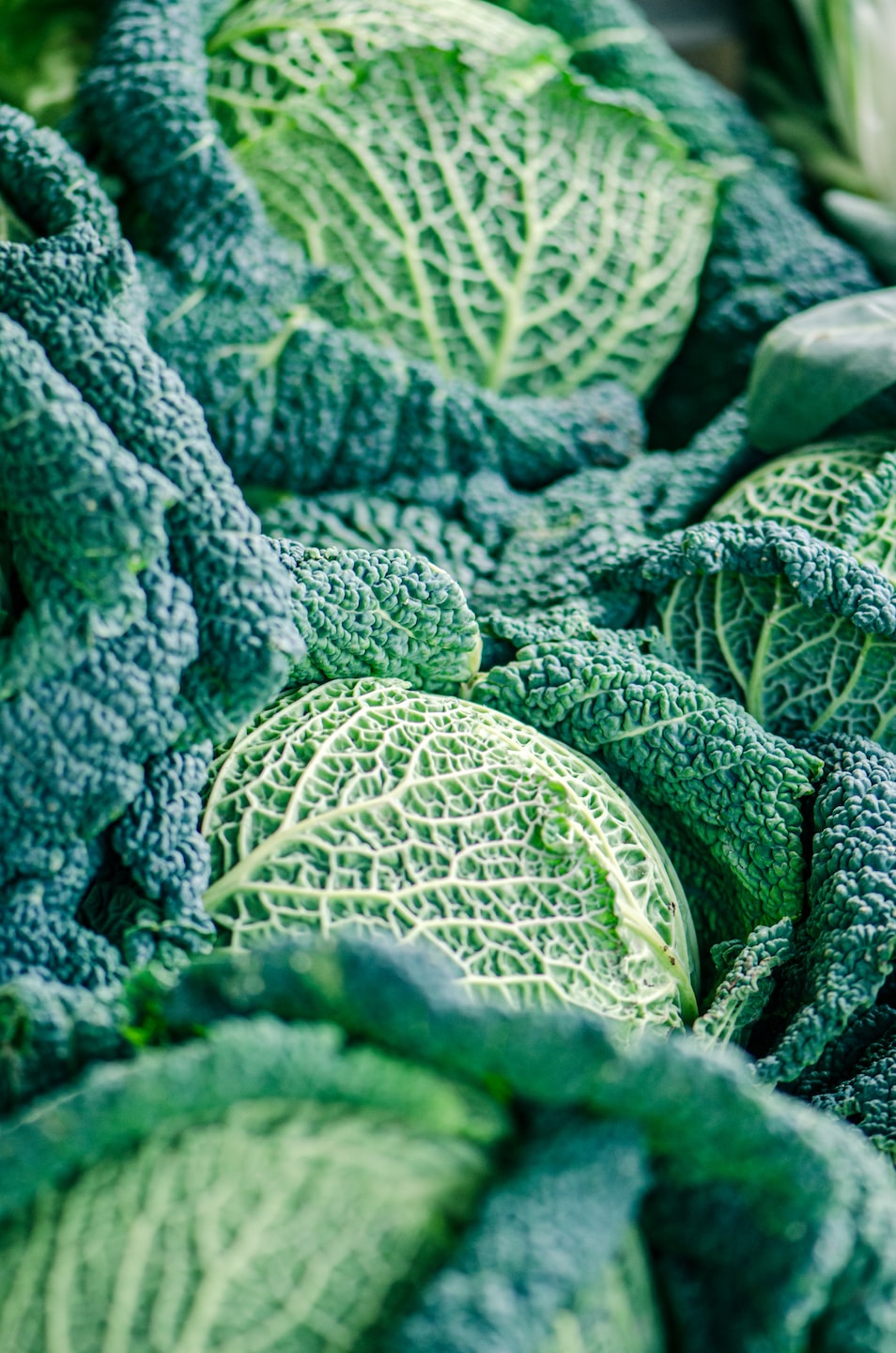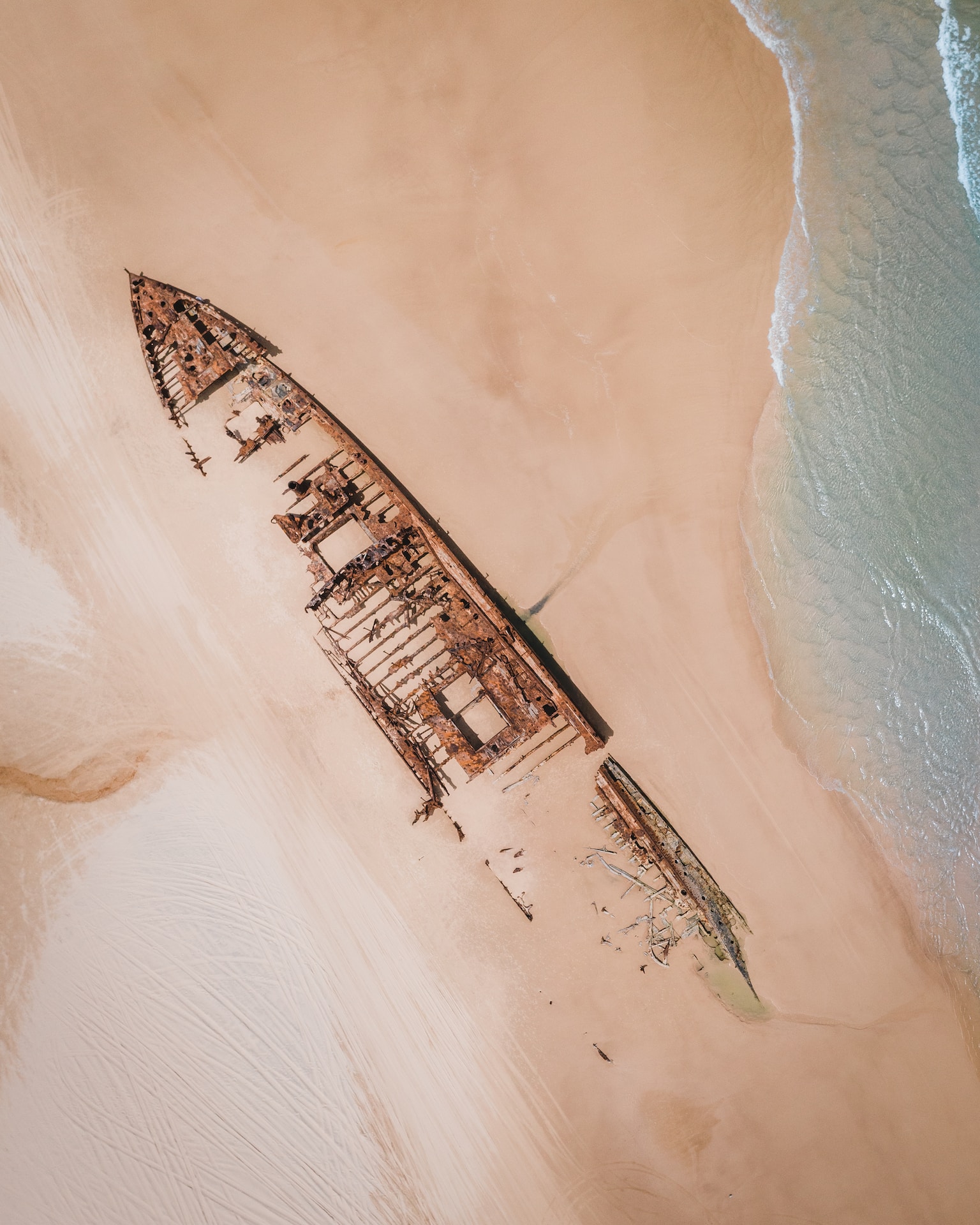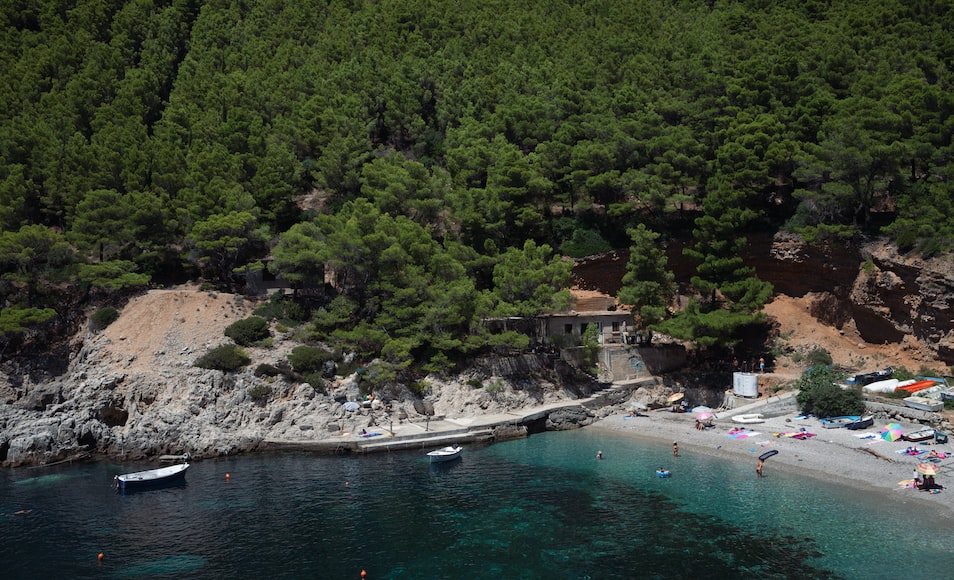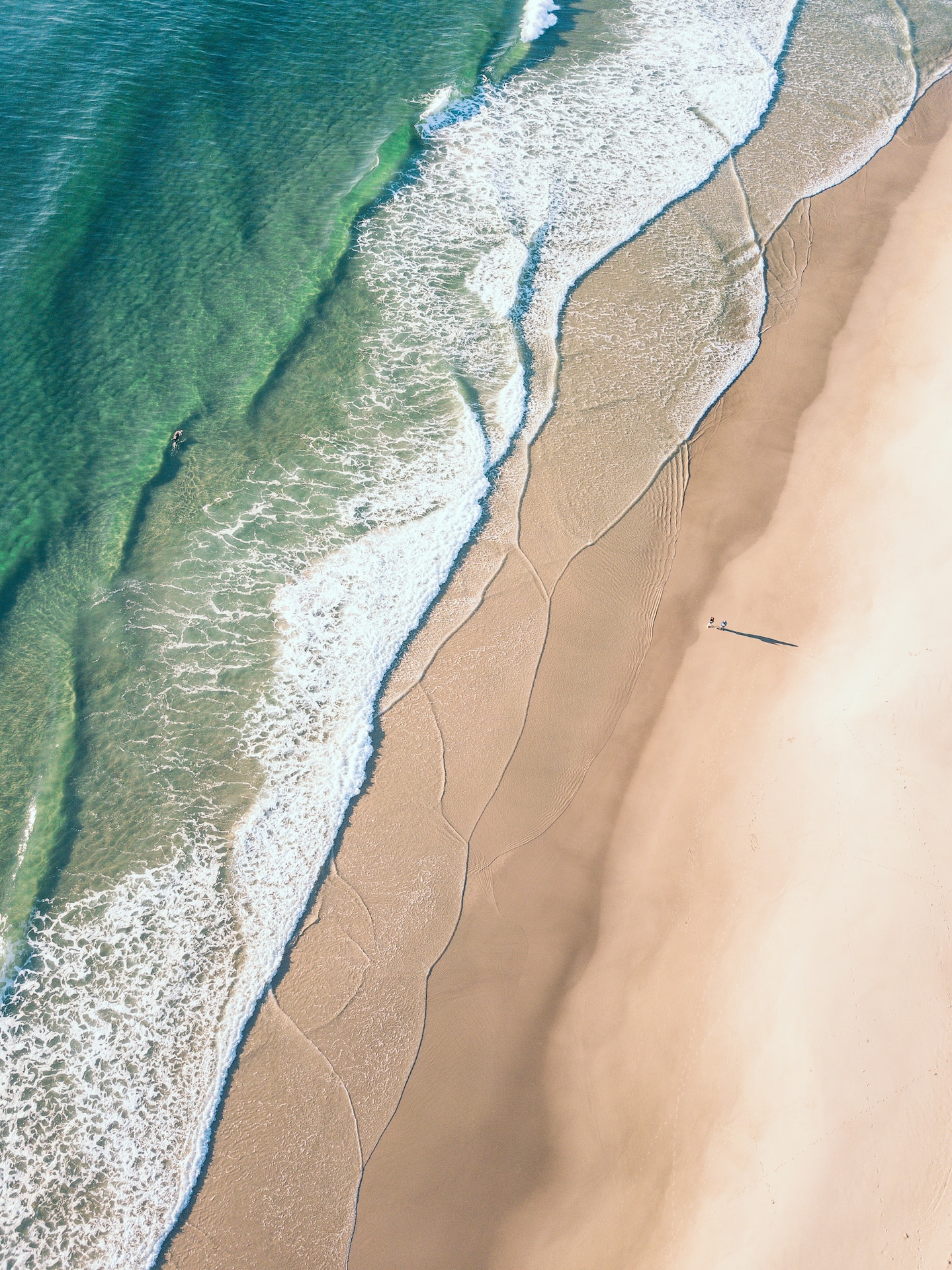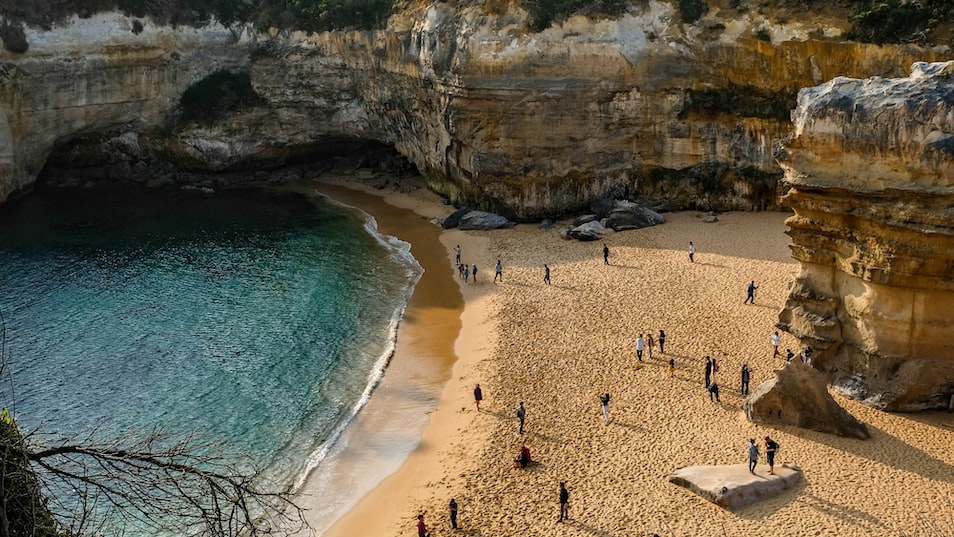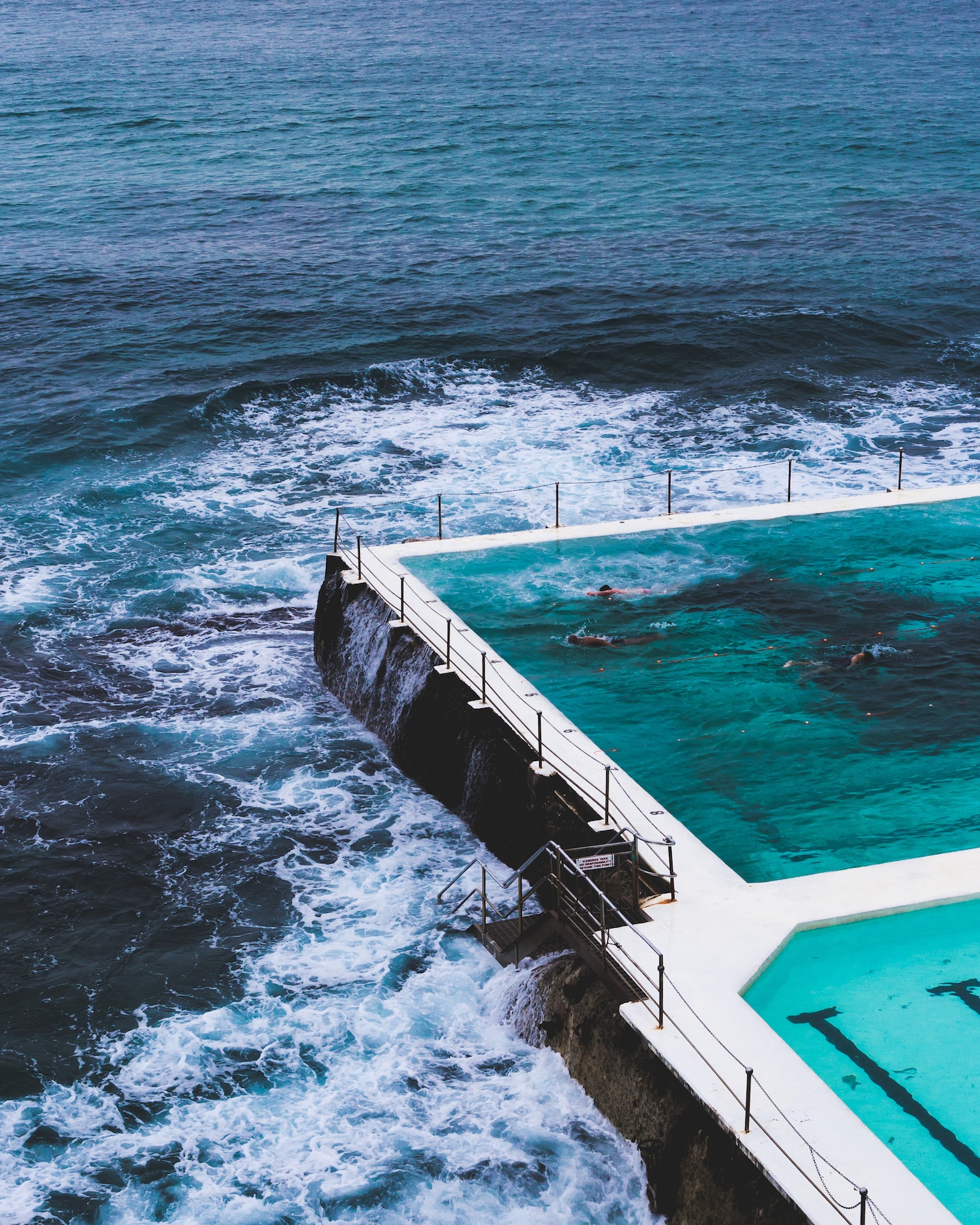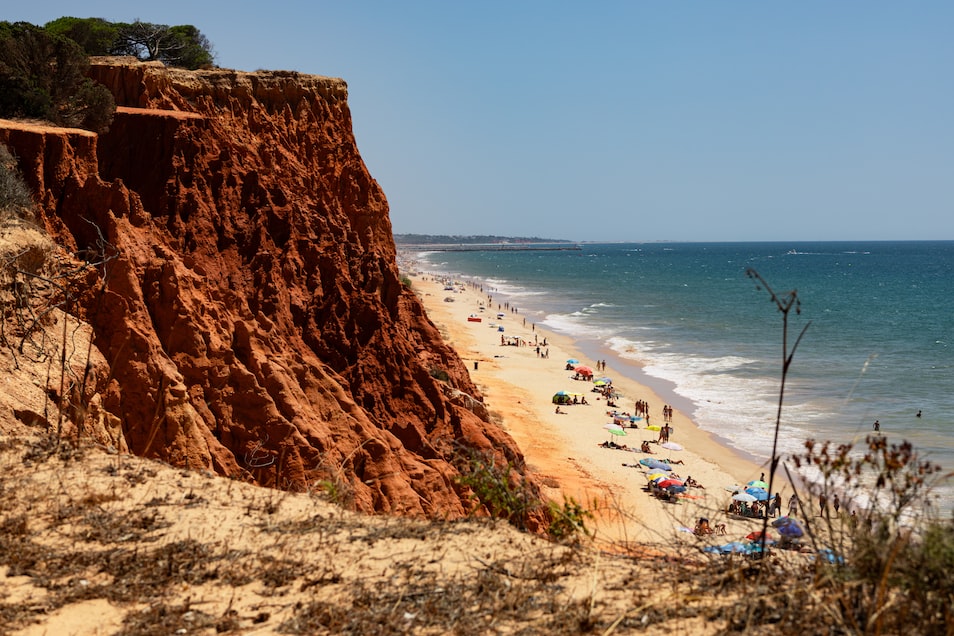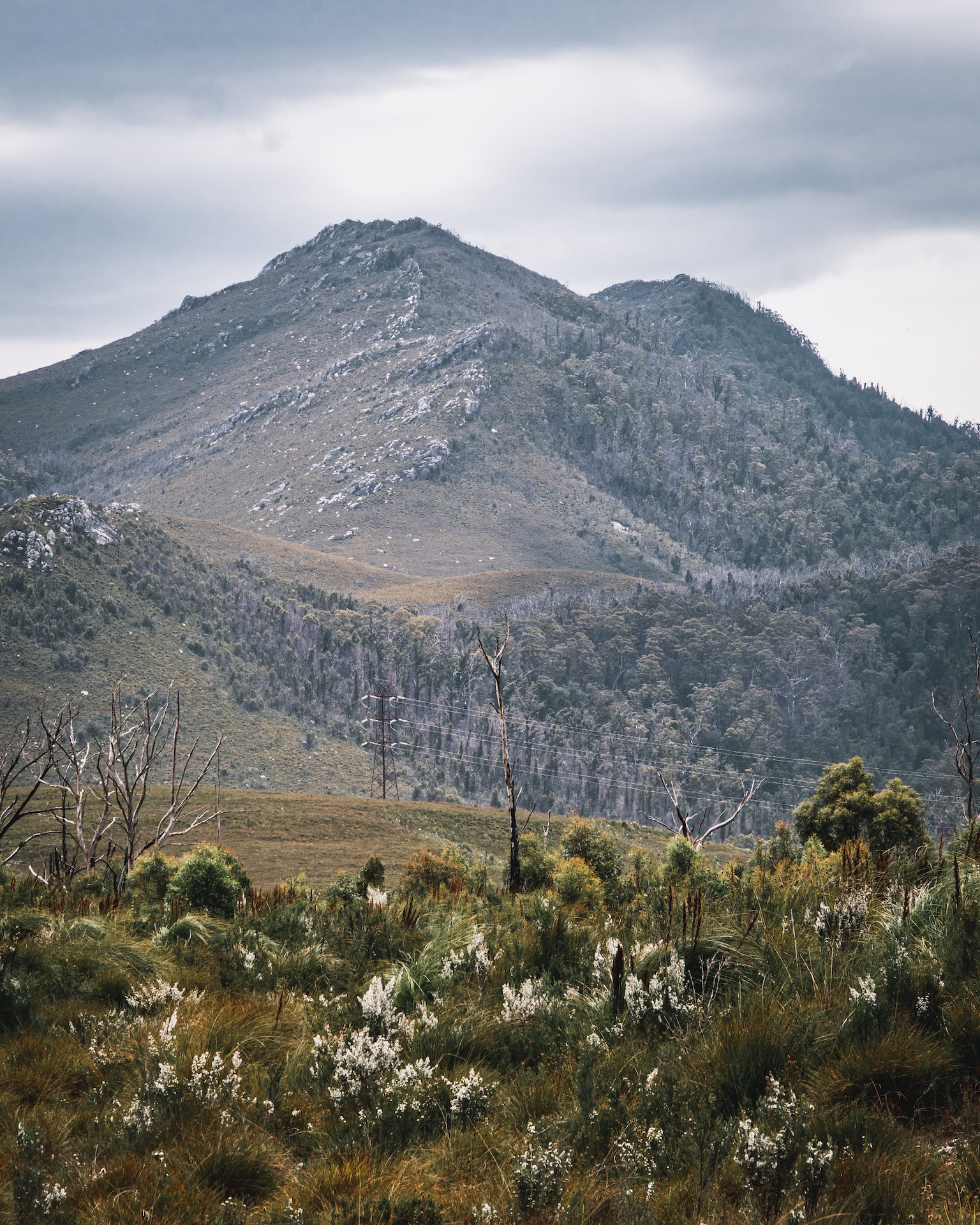Skiing in Australia
Australia may not be the first country that comes to mind when thinking about skiing destinations, but this vast country has plenty to offer for ski enthusiasts. While it may lack the towering peaks of the Alps or the Rockies, Australia is home to several ski resorts that attract locals and international visitors alike.
Perisher
One of the most popular skiing destinations in Australia is Perisher. Located in the Snowy Mountains region of New South Wales, Perisher boasts the largest skiable area in the Southern Hemisphere. With over 1,200 hectares of terrain, the resort offers a variety of slopes suitable for all skill levels. From gentle slopes for beginners to challenging black diamond runs for experienced skiers, Perisher has something for everyone.
Thredbo
Another renowned ski resort in Australia is Thredbo. Situated in the Kosciuszko National Park, Thredbo is known for its vibrant village atmosphere and stunning alpine scenery. With over 50 runs and a vertical drop of 672 meters, Thredbo provides a thrilling skiing experience. The resort also offers a range of off-piste activities, including snowboarding, tobogganing, and cross-country skiing.
Falls Creek
Falls Creek, located in Victoria’s Alpine National Park, is another popular skiing destination. This resort is known for its family-friendly atmosphere and well-groomed slopes. With over 90 runs and an extensive network of cross-country trails, Falls Creek caters to skiers of all ages and abilities. The resort also offers ski-in, ski-out accommodation options, making it convenient for visitors.
Mt. Buller
Mt. Buller, also situated in Victoria, is often referred to as the “jewel of the Australian Alps.” The resort offers a range of activities, including skiing, snowboarding, and even dog sledding. Mt. Buller’s close proximity to Melbourne makes it easily accessible for a day trip or a weekend getaway. With an extensive snowmaking system, the resort ensures excellent snow conditions throughout the ski season.
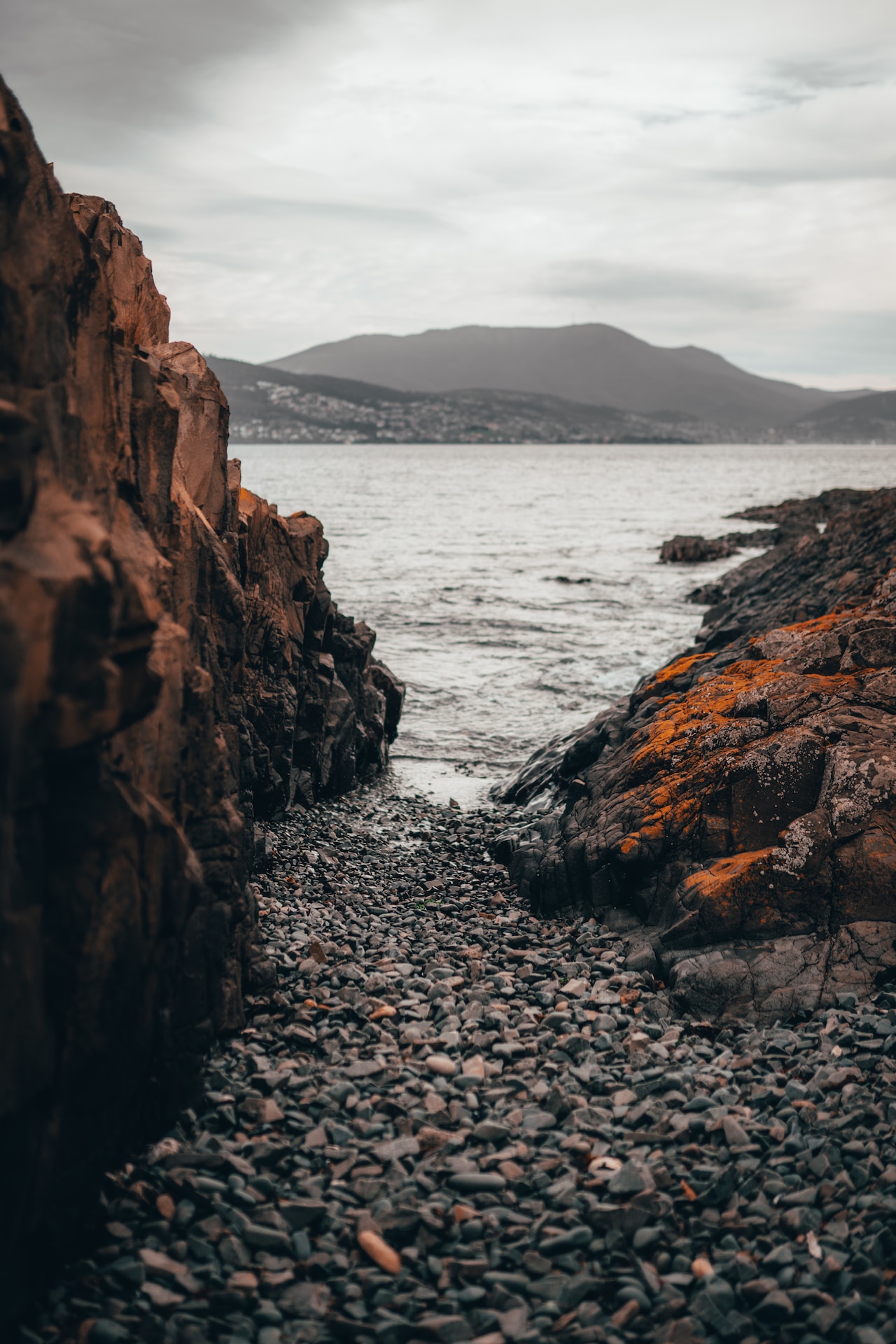
Other Skiing Options
While the aforementioned resorts are some of the most popular choices for skiing in Australia, there are other options worth considering. Mt. Hotham, located in Victoria’s High Country, offers challenging terrain for experienced skiers. Charlotte Pass, the highest resort in Australia, provides a cozy and intimate atmosphere for those seeking a quieter skiing experience.
It’s important to note that the ski season in Australia typically runs from June to October, with the peak season being in July and August. During this time, the resorts are bustling with skiers and snowboarders from different parts of the country and the world.
Whether you’re a local Australian looking for a winter adventure or an international visitor exploring the country’s skiing opportunities, Australia has a range of ski resorts to suit every preference and skill level. From the Snowy Mountains to the Alpine National Park, the Australian ski resorts offer breathtaking scenery and exciting slopes for unforgettable skiing experiences.
